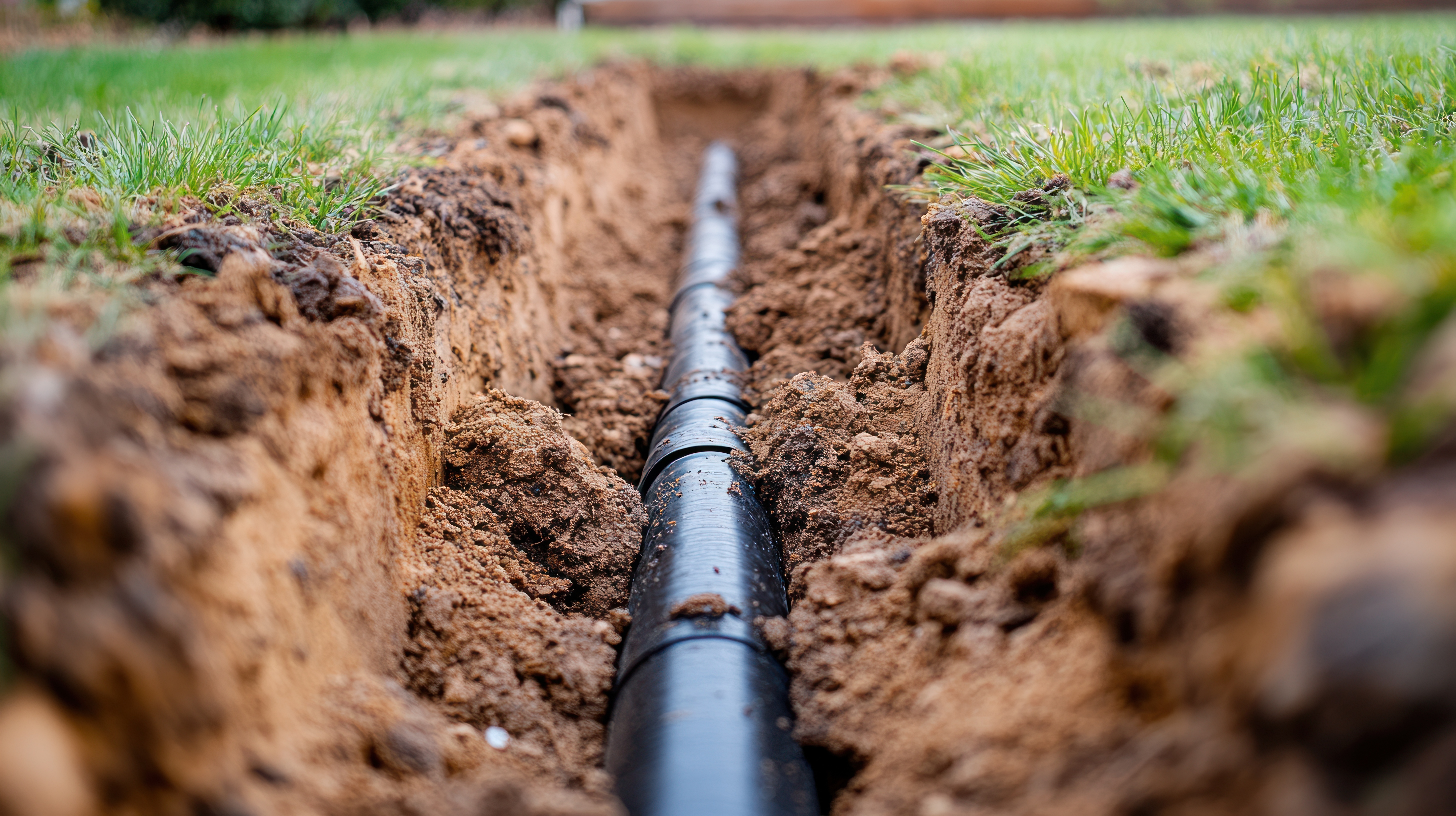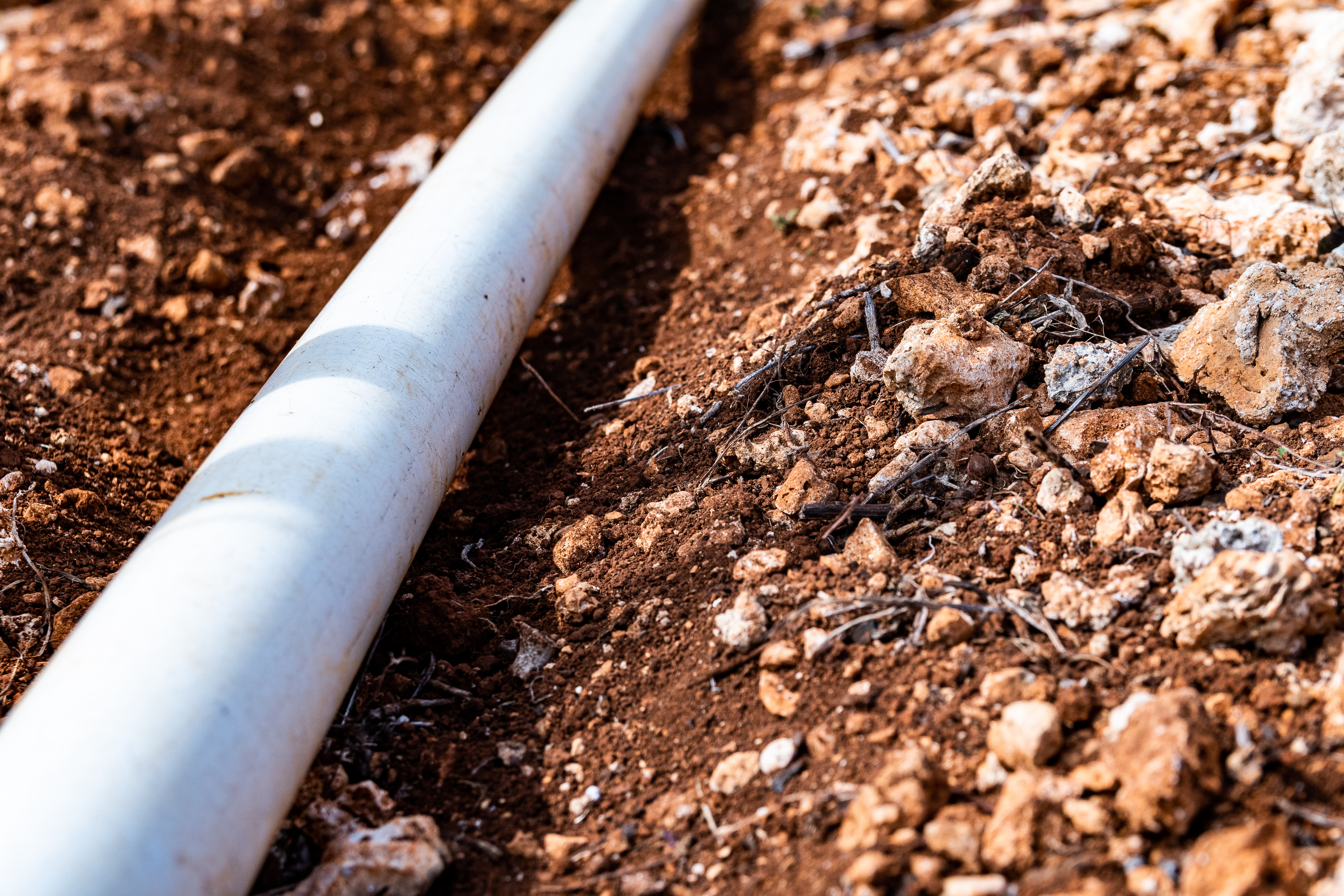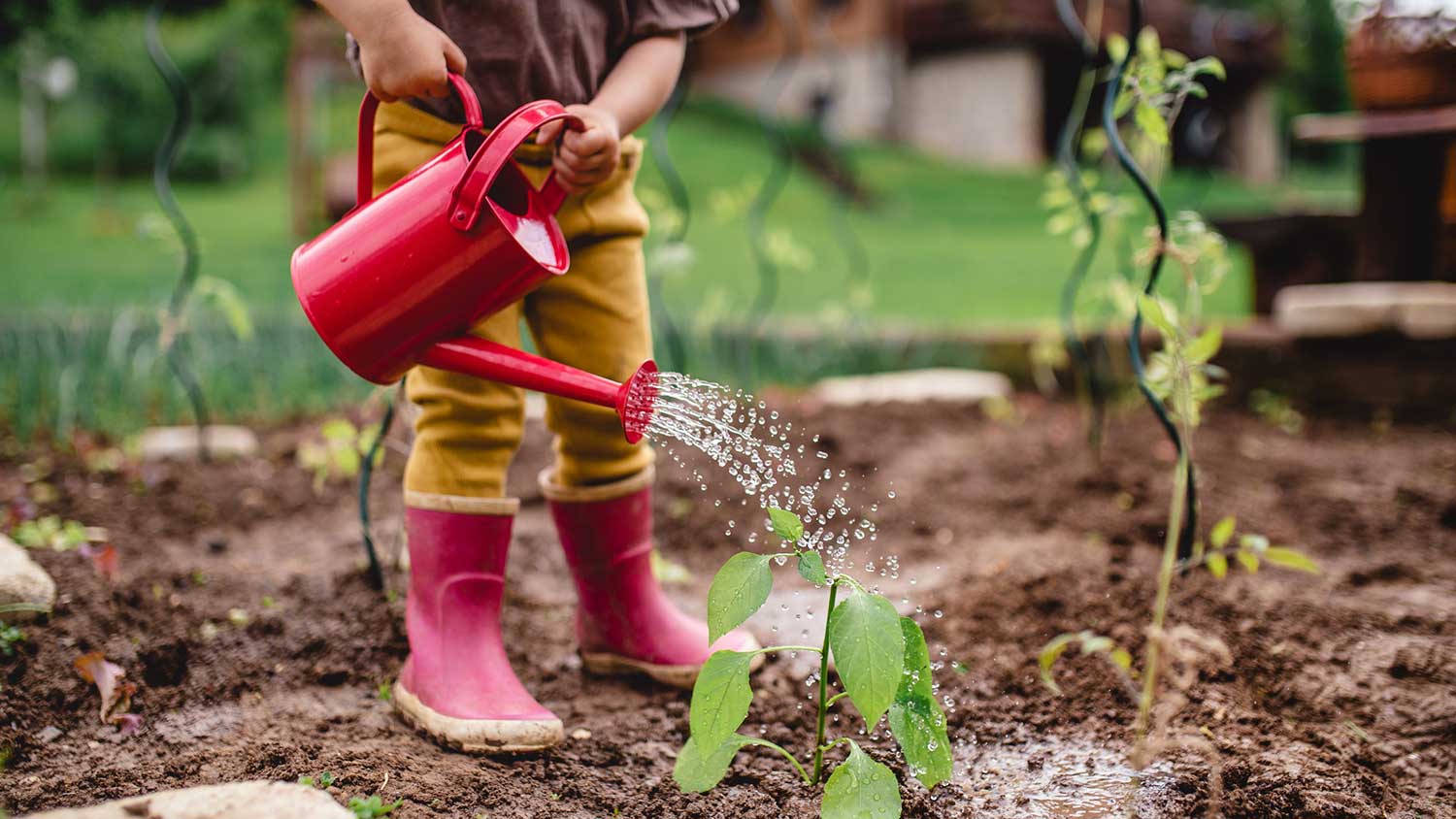
New York plumbers are some of the priciest in the nation. High cost of living and aging buildings contribute to their hefty price tag. Learn the other factors affecting how much a plumber costs in New York City.
Conserve water use with improved flow


Ensuring you have the right water pressure from your outdoor spigot enhances its functionality, making it easier to do things like water your plants, clean, and much more. Learning how to increase water pressure on an outdoor spigot will help you gain a healthy flow of water for all of your outdoor projects. Let’s dig into the details of how to increase the water pressure in your outdoor spigot yourself.
Before increasing the water pressure in your outdoor spigot, investigate the cause of weak water pressure. Start by taking a look at your hose. Unscrew it and run the water out of your outdoor spigot. If you notice the water flow improving, replace your garden hose. However, if you notice poor water flow after removing the hose, you’ll want to follow these steps to first identify the issue and then improve the water pressure.
Along with your garden hose, investigate other areas around your outdoor spigot for signs of leaks. To accomplish this, turn off all indoor and outdoor faucets and any other appliance using water. From here, go to your water meter, which is likely in your home’s basement near the furnace and water heater. If it’s not there, it could be in your utility closet.
Once you find your water meter, check to see if it’s spinning. A spinning water meter indicates it’s still using water. And with all water-using appliances and faucets shut off, you have a leak somewhere in your water supply line. Follow the water pipes to see if there’s any buildup of water.

If the water meter doesn’t spin after shutting everything off, you should still inspect your water pipes. Sometimes, it isn’t leaks that weaken the spigot’s water flow, but a clogged supply line. Inspect your water pipes for signs of aging or corrosion. This often happens more with copper piping—PVC and PEX lines are less susceptible. If you find corrosion or signs of pipe damage, contact your local plumber to come out to inspect and replace the damaged pipes.
If it isn’t the hose or the piping that’s causing low water pressure, then it could be low water pressure emanating from the water main. Therefore, learning how to test water pressure at the hose bib is essential. You can buy a water pressure test gauge at your local hardware store. Make sure to buy one with ¾-inch female hose threads for proper readings.
Next, locate your outdoor hose bib—this is what you connect your garden hose or sprinkler system to. Screw the gauge onto your outdoor hose bib, ensuring it’s a tight fit. From here, turn on the water to receive a reading. Water pressure gauges read in pounds per square inch. You’ll want a reading around 45 to 55 PSI for a healthy water flow. Anything less than that indicates you’ll need to increase the water pressure. However, you also don’t want it too high, as having a PSI of 70 or more can damage piping.

Each home contains a water pressure regulator, allowing you to adjust your water flow. Normally, these are found near your water meter. In cases where the water pressure gauge reads a lower PSI, ramp up the water pressure on the regulator. There’s a screw on the regulator that influences pressure output. Take a screwdriver to turn the screw clockwise to increase the water pressure output. If you’re struggling to find where the regulator is or have concerns about damaging your pipes, consult with a plumber before going through with this step.
After adjusting the regulator's water pressure, return to your outdoor spigot and turn the water on. If you notice a better water flow, your work is done. Next, hook your hose or sprinkler attachment to test it again. If you notice the water flowing from the hose or sprinkler head is where you need it to be, you’re good to go.
Meanwhile, if the flow still seems weak, it would be a good time to bring a plumber into the mix. They’re adept at testing different hose bib types, searching for leaks, and finding solutions to problems with your system.
Increasing your water pressure is a great project you can do yourself. It’s not too complicated, time-consuming, or expensive. Learning how to tackle a simple project like this can also prepare you to take on other DIYs in the future. Hiring a pro is certainly another option but along with the convenience comes a high cost. The average cost of hiring a plumber is between $180 and $490.
In order to make sure you are confident about your choice make sure to do your research before starting your project. This would include watching tutorials online and getting advice from anyone you may know who has experience with this type of DIY project. This way you are confident in whatever decision you choose.
Quality plumbing work!!! Very responsive and transparent about all costs up front. Overall I was very satisfied with his professionalism and quality of work!!!
I have rental properties and every time I hired this company for any plumbing-related issue, they always solved the problem. I would not work with anyone else, I trust them completely. I have been using this company for years.
We purchased a home that was need of a bit of work and I had great difficulty finding good firms that charged fair prices and performed well. I first hired JMZ to clean the yard and cut the grass. I saw Jose's truck in the area and called the number on the side. In the past two years Jose and...
Andrew and his crew at Islander painting are precise and clean up after their work. I would definitely hire them again!!!
Armend Gojani at Rite Plumbing and Heating is incredibly nice, courteous, knowledgeable and honorable. He has been a pleasure to work with, and so far most of the plumbing problems have been fixed - one more to go.
Clayton and his associate were fantastic! He accommodated my request to remove a considerable amount of stuff from a residential home in Port Orange (even changing my original appointment date very last minute at my request). He was early to the job, careful not to remove or damage anything...
Professional, courteous and great quality. Would hire the team again.
Tell me that unless I pay $95 they will not come out to give me an estimate
From average costs to expert advice, get all the answers you need to get your job done.

New York plumbers are some of the priciest in the nation. High cost of living and aging buildings contribute to their hefty price tag. Learn the other factors affecting how much a plumber costs in New York City.

Discover the primary factors that affect your main water line replacement cost in New York, including length, materials, and the necessary installation method.

Discover the pricing factors that will affect your main water line repair cost in New York, including the repair type, size, and accessibility challenges.

Need to create a residential plumbing design layout but don’t know where to start? Learn essential plumbing components to create the perfect layout for your home.

Discover grey water system cost details to learn about installation, maintenance, and ways to save on your home’s grey water system.

Severe winter weather causes well water pipes to freeze, obstructing water flow and leading to pipe bursts. Here’s what to do if your well water is frozen.